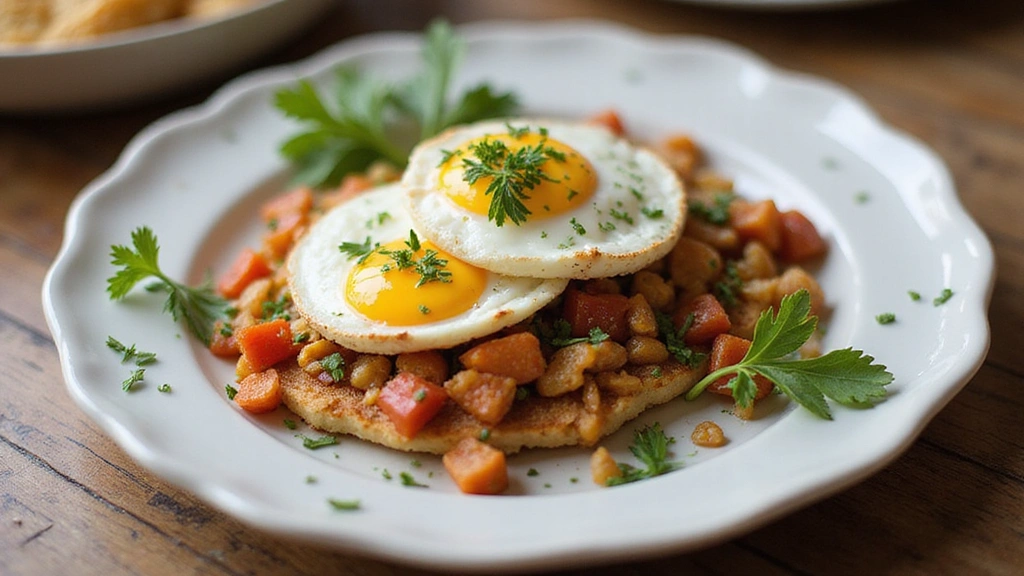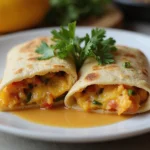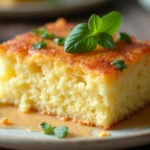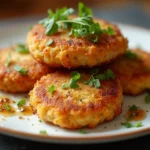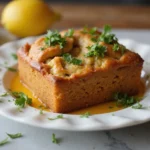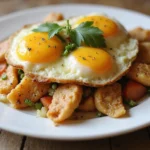Waking up to a delicious breakfast can set the tone for the entire day, but what if you want to keep it low carb and egg-free?
These low carb breakfast recipes without eggs are perfect for anyone looking to enjoy a satisfying morning meal without the traditional ingredients.
From creamy smoothies to hearty grain-free pancakes, each dish brings a unique flavor profile that’s both nourishing and delightful.
Whether you’re following a specific dietary plan or simply want to try something new, these simple morning ideas are sure to inspire your breakfast routine.
The History and Cultural Significance
• Low Carb Breakfast Recipes No Eggs Simple Morning Ideas traces its origins to modern dietary trends where health-conscious eating became a priority.
• The dish evolved over decades as more people sought alternatives to traditional high-carb breakfasts, eventually becoming a staple in low-carb diets.
• In contemporary culture, these dishes are often enjoyed during busy weekdays or leisurely weekends, symbolizing the shift toward healthier eating habits.
• While many variations exist across different culinary traditions, the authentic versions maintain a focus on wholesome ingredients that keep carbs low and satisfaction high.
Recipe Overview
Nutritional Information (per serving)
Ingredients
Essential Equipment Guide
Blender: A high-quality blender is essential for achieving the smooth consistency needed for smoothies and batter. Look for one with multiple speed settings and a powerful motor to handle tough ingredients easily.
Non-stick Skillet: A good non-stick skillet is crucial for cooking pancakes without them sticking or falling apart. Choose a heavy-bottomed skillet for even heat distribution and durability.
Mixing Bowl: A sturdy mixing bowl is important for combining ingredients thoroughly. Opt for a glass or ceramic bowl that can withstand mixing without warping.
Preparation Methods
Blending: Blending is used to combine ingredients smoothly, particularly for smoothies. This technique ensures all ingredients are evenly mixed and creates a creamy texture. Use a high-speed blender for best results.
Flipping Pancakes: Flipping pancakes at the right moment is crucial for achieving a perfect golden-brown exterior. Wait until bubbles form on the surface before flipping to ensure they cook evenly on both sides.
Measuring Ingredients: Accurate measuring of ingredients, especially for low-carb recipes, is essential for maintaining the correct balance and achieving the desired texture. Use a kitchen scale for the most precise measurements.
Step 1: Gather Your Ingredients
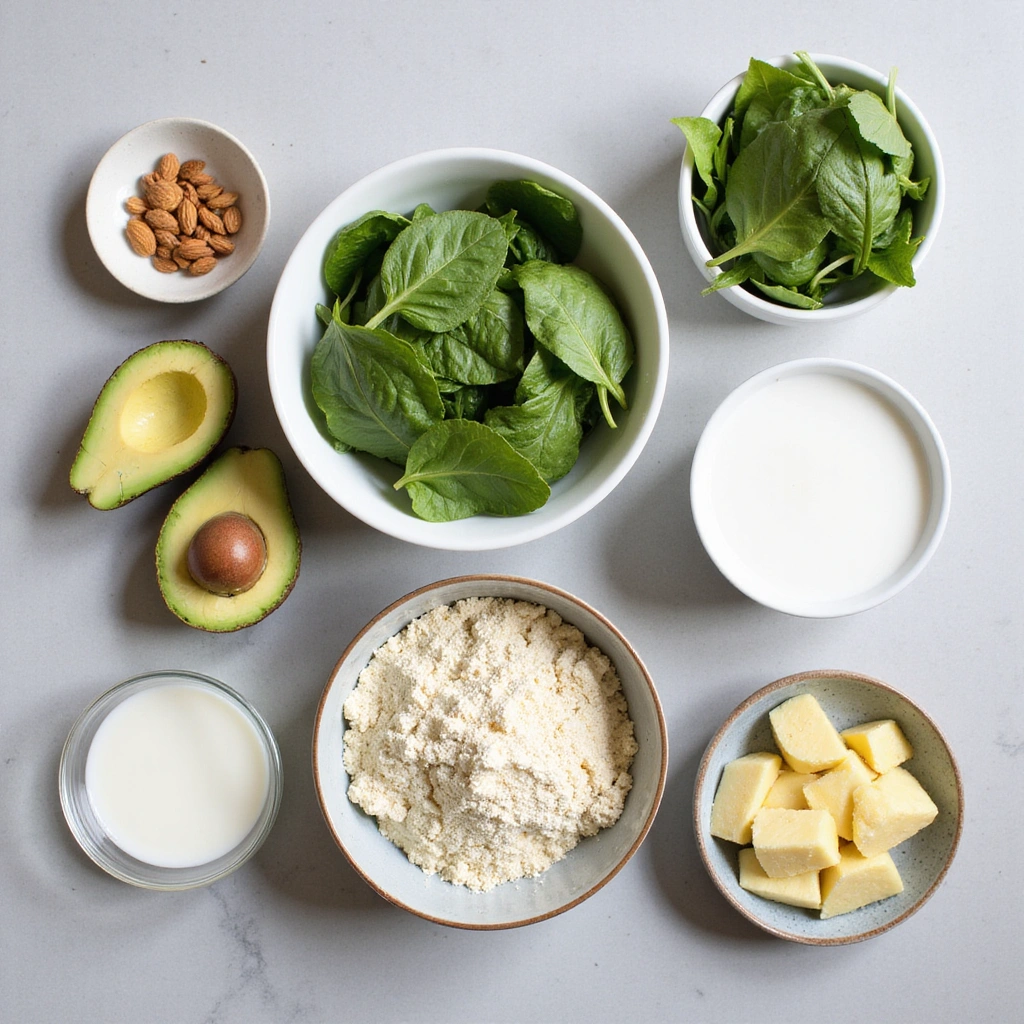
Start by gathering all the necessary ingredients for your low carb breakfast recipes.
Make sure to have everything within reach to streamline the cooking process.
This will help prevent interruptions while you cook and maintain your flow.
Take a moment to double-check that you have the correct amounts and types of ingredients ready.
Step 2: Prepare the Pancake Batter
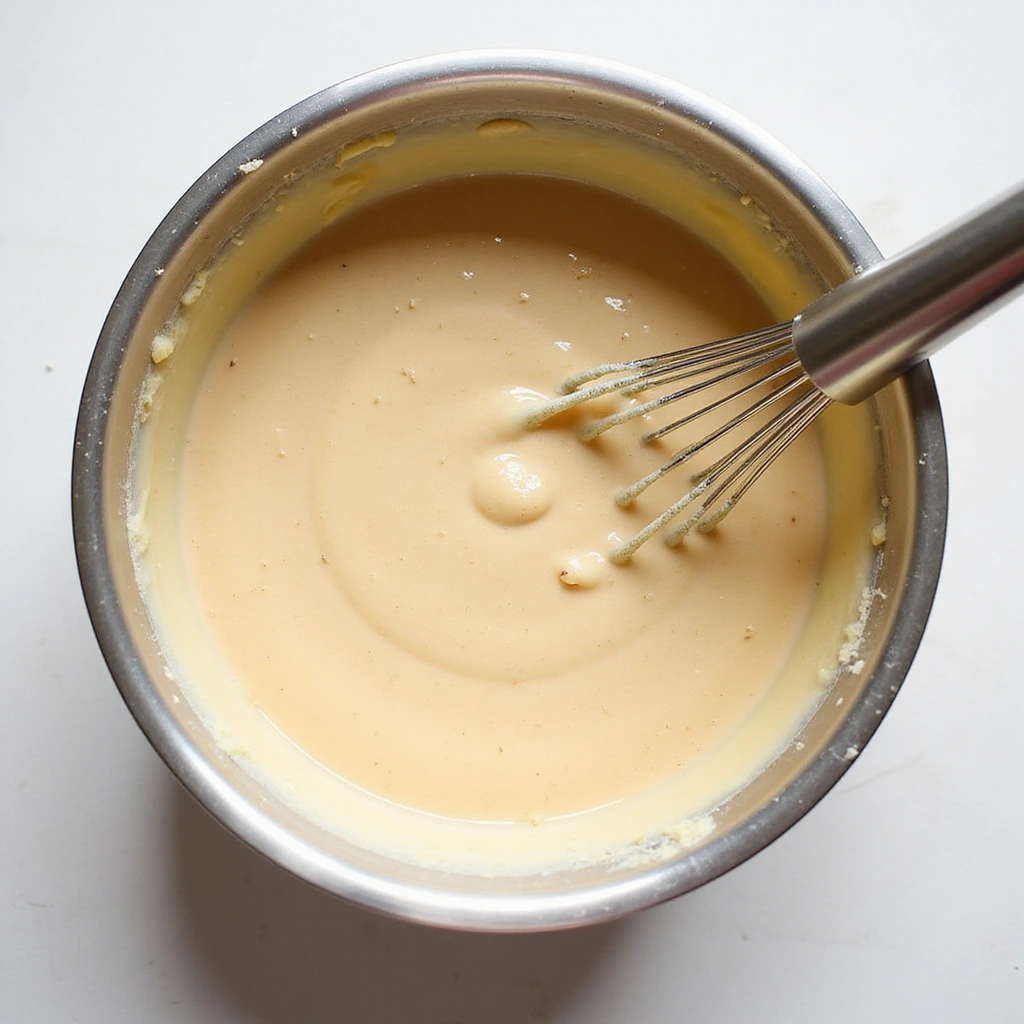
In a mixing bowl, combine the almond flour and baking powder thoroughly.
Add the almond milk and coconut oil, mixing until you reach a smooth batter consistency.
Make sure there are no lumps to ensure even cooking.
Let the batter sit for a few minutes to thicken slightly before cooking.
Step 3: Heat the Skillet
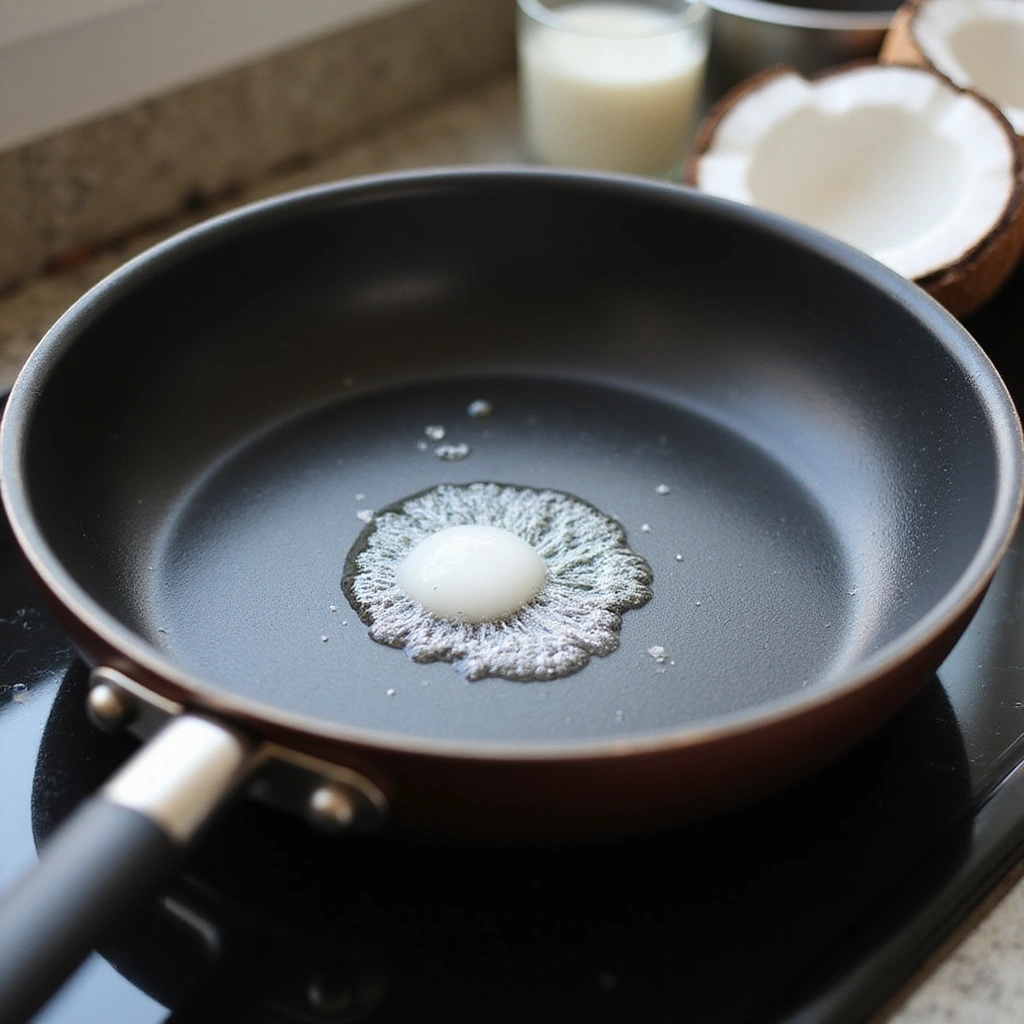
Place a non-stick skillet over medium heat and let it warm up.
Add a small amount of coconut oil to coat the surface evenly.
Test the heat by sprinkling a drop of water on the skillet; it should sizzle immediately.
If the skillet is too hot, reduce the heat slightly to avoid burning the pancakes.
Step 4: Cook the Pancakes
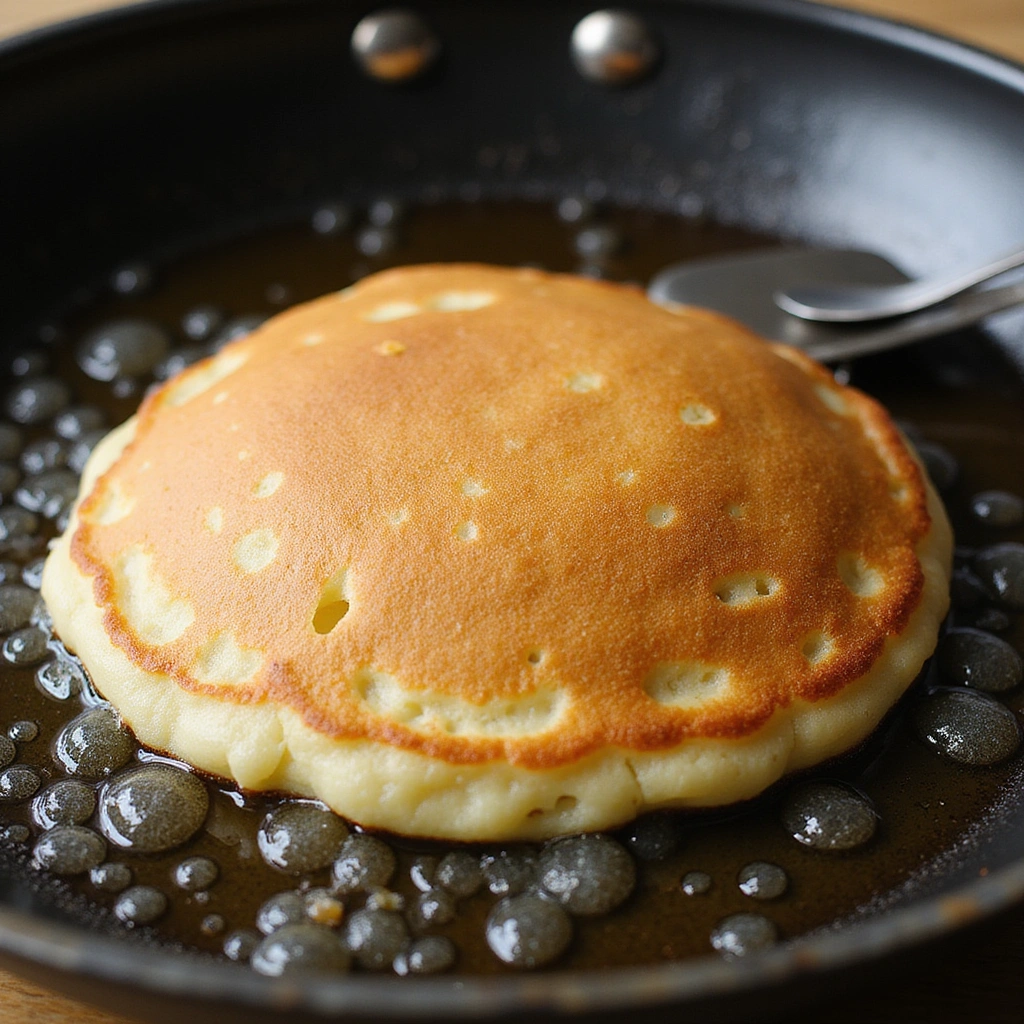
Pour a ladleful of pancake batter onto the skillet, shaping it into a round pancake.
Cook for about 2-3 minutes until bubbles form on the surface.
Carefully flip the pancake and cook for an additional 2 minutes until golden brown.
Repeat with the remaining batter, adjusting heat as needed.
Step 5: Prepare the Smoothie
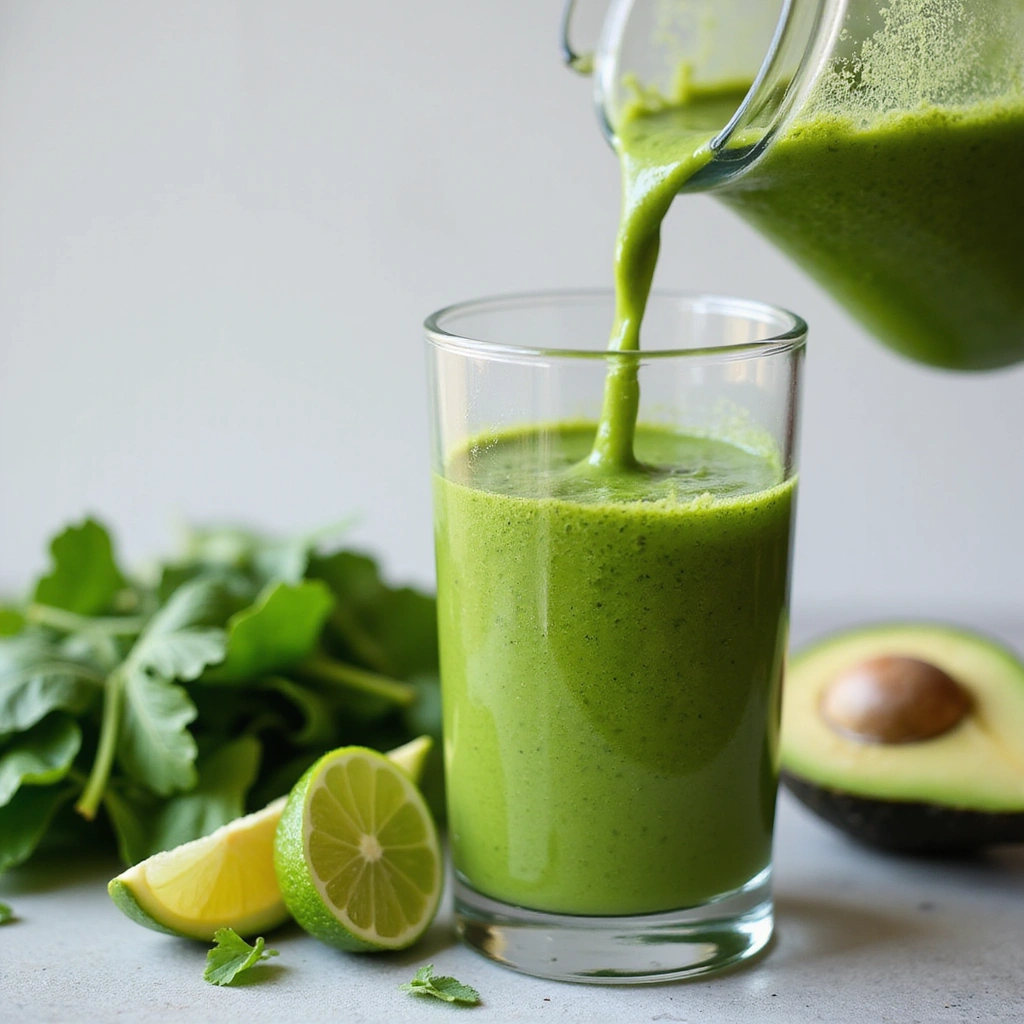
In a blender, combine spinach, avocado, coconut milk, and chia seeds.
Blend on high speed until the mixture is smooth and creamy.
Taste and adjust the sweetness with a low-carb sweetener if desired.
Pour into glasses for serving, making sure it’s well mixed.
Step 6: Serve the Breakfast
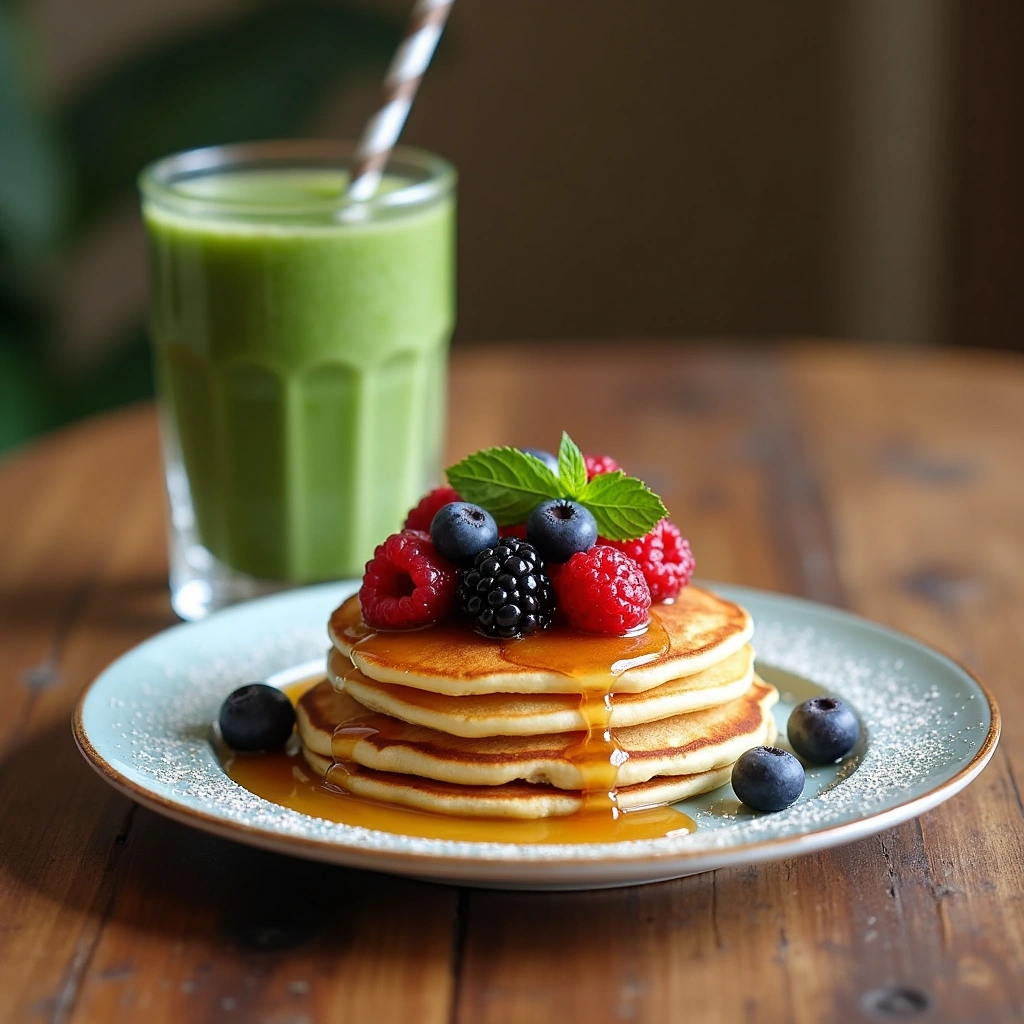
On a plate, stack the pancakes and drizzle with your favorite low-carb syrup or toppings.
Serve the smoothie in colorful glasses alongside the pancakes.
Garnish the pancakes with fresh berries or nuts for added texture and flavor.
Enjoy your nutritious and filling breakfast!
Critical Timing and Temperature Guide
Pancake Cooking Time: Cook pancakes for 2-3 minutes on the first side and 2 minutes on the second side. Look for bubbles forming on the surface as an indicator of doneness. Avoid overcooking as this can lead to dryness.
Smoothie Blending Time: Blend the smoothie for 30-60 seconds, depending on the blender’s power. Ensure the mixture is completely smooth with no chunks. If too thick, add a splash of water or almond milk.
Skillet Temperature: Maintain a medium heat for cooking pancakes. If the skillet is too hot, pancakes can burn on the outside while remaining raw inside. Adjust the heat as needed during cooking.
Pro Tips for Low Carb Breakfast Recipes No Eggs Simple Morning Ideas
• Ingredient Selection: Using high-quality almond flour and fresh produce greatly enhances the flavor and texture of your pancakes and smoothies.
• Preparation Secret: Letting the pancake batter rest for a few minutes helps improve texture and fluffiness.
• Temperature Management: Ensure your skillet is at the right temperature to prevent sticking and burning.
• Texture Enhancement: For fluffier pancakes, gently fold in the wet ingredients rather than stirring vigorously to maintain airiness.
• Flavor Layering: Add spices like cinnamon or vanilla extract to the batter for added depth of flavor.
• Make-Ahead Strategies: Prepare the pancake batter the night before and store it in the refrigerator for quick cooking in the morning.
• Restaurant-Quality Finishing Touches: Serve with a dusting of powdered erythritol or a dollop of unsweetened Greek yogurt for a gourmet touch.
• Equipment Optimization: Use a heavy-bottomed skillet for even heat distribution, which is key for perfect pancakes.
Troubleshooting Common Issues
• Pancakes Too Dense: This can happen if too much almond flour is used or if the batter is overmixed. Ensure accurate measurements and mix gently to maintain airiness.
• Smoothie Too Thick: If the smoothie is too thick, blend in a bit more coconut milk or water until the desired consistency is reached. Start with small amounts to avoid making it too thin.
• Pancakes Not Cooking Evenly: If pancakes are browning too quickly, reduce the heat slightly. A consistent medium heat is crucial for even cooking.
• Flavor Lacking: If the flavor is bland, consider adding more spices or a pinch of salt to enhance taste. Experiment with different flavorings to find your perfect mix.
• Sticking to Skillet: If pancakes stick, ensure the skillet is properly preheated and well-greased with coconut oil. Non-stick pans are also a great option for easy flipping.
Variations and Regional Differences
• Fluffy Coconut Pancakes: In some regions, coconut flour is used instead of almond flour for a tropical twist. This version is lighter and has a distinct coconut flavor.
• Spiced Pumpkin Smoothie: Incorporating pumpkin puree and pumpkin spice into the smoothie offers a seasonal variation that’s perfect for fall.
• Berry Compote Topping: In certain cultures, pancakes are served with a berry compote made by simmering mixed berries with a sweetener. This adds a fruity and tangy layer to the breakfast.
• Modern Interpretations: Contemporary adaptations may include adding protein powders or superfoods to the smoothie for an extra health boost.
Food Science Behind the Recipe
• Emulsification: The blending of avocado and coconut milk in the smoothie creates an emulsion, which helps achieve a creamy texture without the use of dairy.
• Gluten-Free Cooking: Using almond flour and coconut flour allows for a gluten-free pancake option that still delivers a satisfying structure due to the unique properties of these flours.
• Air Incorporation: Mixing techniques that incorporate air into the pancake batter help create light and fluffy pancakes. This is crucial for achieving the desired texture.
Frequently Asked Questions
What’s the most common mistake people make when preparing low carb pancakes? Many people tend to overlook the importance of letting the batter rest, which can lead to denser pancakes. Always allow it to thicken before cooking.
Can I prepare components of this dish in advance? Yes, you can prepare the pancake batter the night before and store it in the fridge. Just give it a good stir before cooking.
How do I adapt this recipe for dietary restrictions? For nut allergies, consider using sunflower seed flour instead of almond flour. Adjust amounts as needed to maintain a similar consistency.
What’s the best way to store and reheat leftovers? Store leftovers in an airtight container in the refrigerator for up to 3 days. Reheat in a skillet or microwave until warmed through.
Can I freeze this dish? Yes, pancakes can be frozen in a single layer on a baking sheet. Once frozen, transfer them to a zip-top bag. Reheat directly from frozen.
What wine or beverages pair best with this dish? A light sparkling water or herbal tea pairs well with the flavors of low carb pancakes and smoothies.
How can I scale this recipe up for a crowd? Simply multiply the ingredient quantities by the number of servings needed, and consider using multiple skillets for efficient cooking.
What side dishes complement this recipe best? Fresh fruit salad or a side of Greek yogurt adds a refreshing contrast to the richness of pancakes and smoothies.
How do professional chefs elevate this dish for restaurant service? Chefs often use unique garnishes, like edible flowers or flavored syrups, and pay attention to plating for a more polished presentation.
Serving and Presentation Guide
• Traditional Presentation: Serve pancakes stacked high on a plate, garnished with fresh berries and a drizzle of low-carb syrup. A dollop of Greek yogurt can add a touch of elegance.
• Modern Plating Ideas: Use a wide, shallow bowl for a contemporary look, with pancakes artfully arranged and the smoothie placed beside it in an elegant glass. Consider adding a sprig of mint for a pop of color.
• Accompaniment Suggestions: A side of mixed nuts or a small fruit salad can complement the meal beautifully, adding texture and freshness.
• Special Occasion Presentation: For celebrations, add a dusting of powdered erythritol on top of the pancakes and serve with champagne or mimosas for a festive touch.
Conclusion
I hope you enjoy trying out these low carb breakfast recipes without eggs as much as I do.
They offer a wonderful variety of flavors and textures that can brighten your mornings.
Experiment with the ingredients and make them your own!
Happy cooking!
